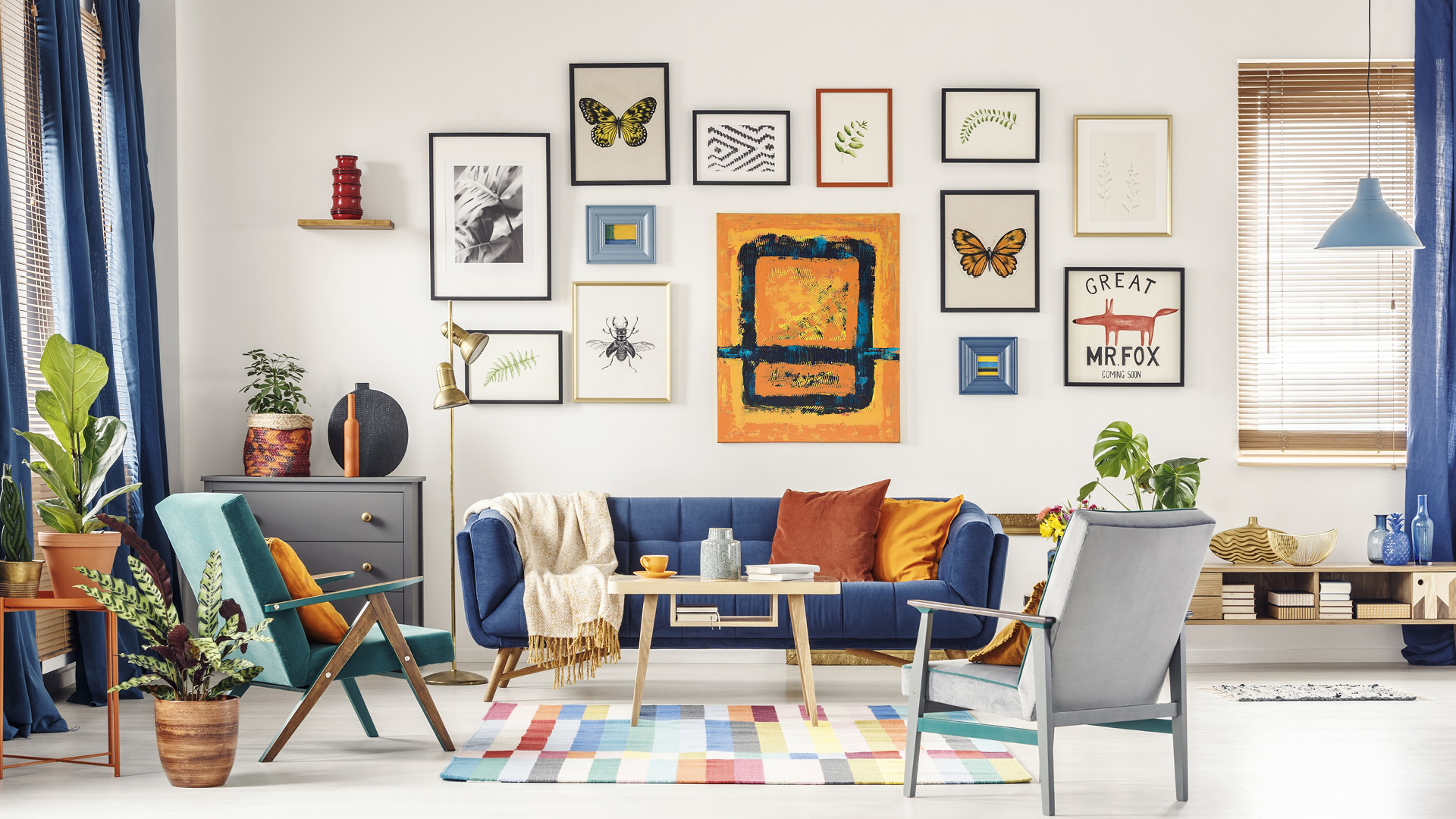Cities across India are witnessing a thriving graffiti and street art trend that seems to be getting bigger by the day.
By BINDU GOPAL RAO
From Gender Equality And Climate change to human and LGBTQ rights, street art in India is straddling themes and exploring subjects that elevate it a notch above, making it much more than merely colourful artwork.
EXPONENTIAL GROWTH
Public art can be such an intrinsic part of metropolitan life. It can invoke emotions and capture the essence of a city with a few colours and an engaging theme. A token interaction that people from all walks of life can experience, it is truly about making art accessible to all. A few years ago, street art was more of a novelty, but now, it is having its moment with increasing exposure and numerous pieces cropping up frequently across the country. Graffiti in India, over the last decade, has grown exponentially through large corporations and government funding of smart cities. “Being able to paint a unifying image, which strikes a common chord in people, is tough and yet when you do so, it becomes gratifying,” says Delhi-based artist Anpu Varkey. “It is when artists tell their stories on the walls, that the power of the streets becomes energising. It is not about going and absurdly painting. You become aware of your surroundings and the people living around you first. It is through their eye that you see your work.”

Mumbai, is about strength and the urge to plunge without restraint. (Source : courtesy of St+art India/Pranav Gohill)
THEMES GALORE
Street art explores a variety of themes and allows the artist to interpret them in their own way. It gives a sense of ownership to those residing in the neighbourhood. Recently, in Bengaluru’s Malleshwaram, the ‘Bengaluru Moving’ project curated Malleshwaram Hogona! (a series of 12 murals spread across conservancy lanes) in collaboration with Geechu Galu, a collective of artists. A team of 13 artists with the neighbourhood community used this opportunity to create murals uplifting the footpaths and streets of the suburb, to ultimately make them safer for women and the local community.

SOCIAL ARTISTRY
“Street art is a visual manifestation of the mindset. And considering how it is a form of social commentary, it can act as a catalyst for social changes. But other than that, it is also a way of reclaiming spaces for the people,” says street artist Kiran Mahajan aka H11235. Her work stands at Block 19 of Lodhi Art District in New Delhi as a mural that is a comment on our impact on the environment. The introduction of non-native fish that have decimated the local fish population of the Yamuna River, was the main topic of the mural. It highlights how a simple act like owning and dumping a goldfish can result in large-scale impact on the ecosystem.
MAKING A MARK
As part of its Art X digital series during the first lockdown, Delhi-based Kiran Nadar Museum of Art (KNMA) sharpened its focus on digital engagement. Its ‘Art Meets Street’ series looked to explore the realm of public art. As an increasingly popular art form that is often overlooked, it is now slowly finding its footing in India. “We were able to engage with some of the leading street artists in India, such as Shilo Shiv Suleman, Hanif Qureshi, Anpu Varkey, Do & Khatra and Kiran Mahajan. By crafting conversations around their creative process and sharing their life experiences, we can learn and familiarise ourselves and our audiences with this art form,” says Kiran Nadar, Chairperson, KNMA. Street art is triggering conversations and impacting public art laws and policies. It is becoming a sustainable profession with more full-time, contemporary artists entering this domain. “We, at St+art India, believe in infusing positivity into the community through the spaces we work on. The primary cause St+art India works for is ‘Art for All.’ We aim to improve art education by transcending the constraints of high art kept in gallery and museum spaces. The artists bring the local community together, involving them in the process. After all, we are painting in their communities, and their collective voice is our topmost priority,” says Arjun Bahl, Co- Founder, St+art India Foundation.
THE INCLUSIVITY ANGLE
Most people often miss out on interesting art pieces since these are usually housed in museums and galleries. Street art presents them to the world and is probably the best introduction to the art landscape for anyone from any strata of society. “Art makes you think about something differently or inspires you to create something yourself. It changes the way you think and feel about things and could influence your world view,” says Sahil Arora, founder of Method, a Mumbai-based contemporary art space. Lodhi Colony in Central Delhi always had great potential to become an art district. “We worked with the CPWD and the Ministry of Housing and UrbanAffairs, and it took almost one year for us to secure the permissions required. It has now been renamed Lodhi Art District. We started working there in early 2015 and now there are 60+ walls adorned with the work of artists from around the world. This colony serves as an example of how art can be made democratic through such initiatives,” says street artist Hanif Qureshi.

Delhi (Source : courtesy of St+art India/ Pranav Gohill)




